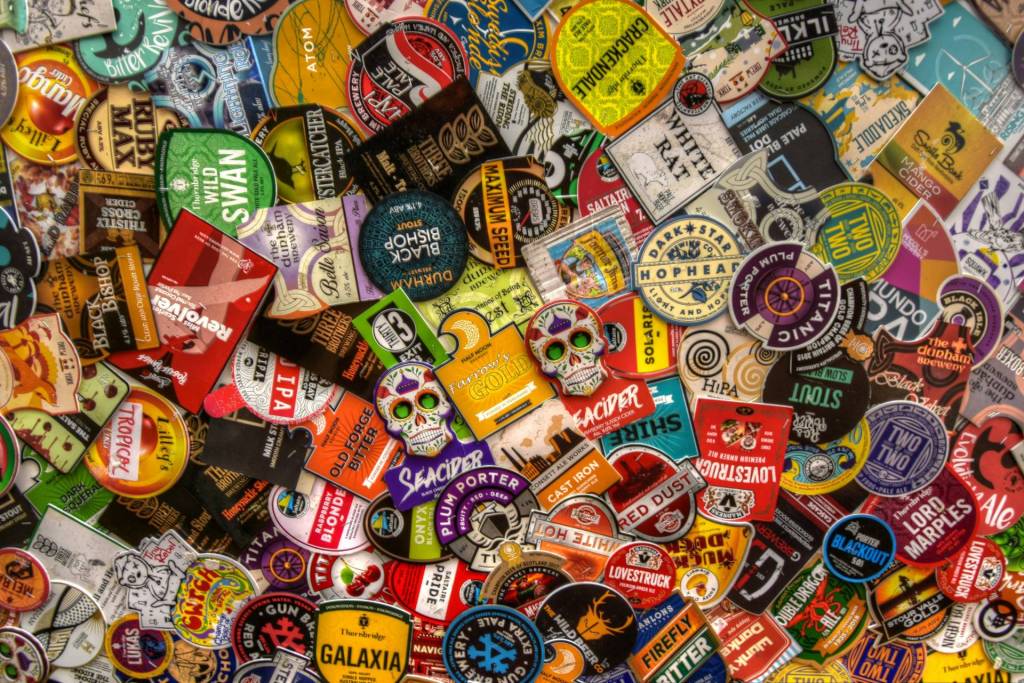Today, I spoke to Larry Weber, who is the chairman of the Digital Influence Group and the author of the new book Sticks & Stones: How Digital Business Reputations Are Created Over Time…And Lost in a Click. In this interview, Larry goes over why brand management is harder to control now, what reputation management tools are out there, what digital reputation equity is, and how to respond to negative brand mentions.
Larry, why is brand reputation management harder to control these days as opposed to five or so years ago?
The advent of social media allows any citizen, any consumer/customer to voice their opinions – good, bad or ugly about any company, any product or service, any issue. A company’s brand is now determined by the dialogue others have about the brand. The stronger the dialogue, the stronger the brand. The weaker the dialogue, the weaker the brand. Companies can no longer completely control their reputations. In a social media world, reputation now equals influence + brand.
What three tools and/or strategies can people and companies use to keep track of their digital reputation?
There are a lot of tools available – some are free and others are more sophisticated and requirement a significant investment.
- Free tools include Technorati, Rapleaf and BlogPulse.
- Paid tools include Radian 6, TNS Cymfony and Nielsen BuzzMetrics.
Before you use or purchase any of these tools, you really need to figure out you’re objectives and what you’re going to measure. Especially with the paid tools, you want to have a very clear picture of the objectives and metrics.
What is “digital reputation equity” and how can you build it?
“Digital reputation equity is the sum of the positive online impressions you’ve accumulated over time.”
It’s the slack someone is willing to cut you or your business when you make a mistake. The greater your reputation equity, the more you can screw up without being destroyed. The lower your reputation equity, the more likely you are to be hammered when you do screw up,
If someone says something negative about your brand, how should you respond?
Hopefully, your company continuously monitors the environment so you can catch attacks early. When your brand is attacked you should respond – don’t go dark or silent because you won’t get away with it. The form of your response depends on the type of attack. If the attack is factually incorrect, provide information to correct the facts. If the attack is criticizing a problem with your product or service, you need to fix the problem first. The tough part here is that the negative attacks – especially if they spread like wildfire on the Internet – are going to dominate search results for a while. It’s going to take for you to create sufficient new content to push down the relevance of negative results.
Can you give an example of how you or your friend has protected their online identity?
Sorry but I can’t think of an individual example. I didn’t focus on this for the book. However, I am currently working with Berkman Center for Internet & Society and they have going a “law lab” that is working on establishing standards for identity online.
——-
Larry Weber is the chairman of the Digital Influence Group. He founded one of the industry’s first interactive marketing agencies, Thunderhouse, and has worked with world-class clients including Coca-Cola, Pfizer, General Motors, IBM, General Mills, Siemens, and many more. In 1987, Larry started his own public relations company, The Weber Group, which within a decade became the world’s largest public relations firm. He is the co-founder and Chairman of the Board of Directors of the Massachusetts Innovation and Technology Exchange (MITX), the largest interactive advocacy organization in the world. Larry is the author of the business bestseller Marketing to the Social Web: How Digital Customer Communities Build Your Business and his latest book is called Sticks & Stones: How Digital Business Reputations Are Created Over Time…And Lost in a Click.














